Tag: diagnosis
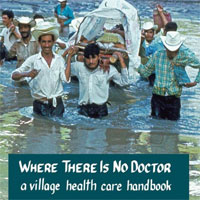
Where There Is No Doctor: A Village Health Care Handbook
This updated reprint features updated medication information, a newly revised family planning chapter, new treatments for a variety of infections, and more. All Hesperian books are regularly updated and reprinted to reflect... read more
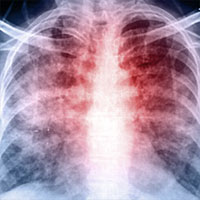
ARDS Diagnosis May Be Underrecognized
The February 27, 2020 Department of Internal Medicine Medical Grand Rounds "Acute Respiratory Distress Syndrome (ARDS),” was presented by Marc Moss, MD, Roger S. Mitchell Professor of Medicine; head, Division of Pulmonary... read more
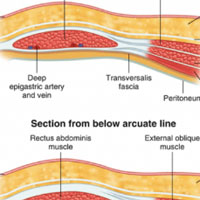
Sudden Abdominal Pain with a Palpable Mass
Rectus sheath hematoma (RSH) is a rare cause of abdominal pain that is often overlooked when patients present for evaluation. The disease can mimic almost any other type of abdominal pathology, and thus the diagnosis is frequently... read more

New Genomic Tests Aim to Diagnose Deadly Infections Faster
Rapid genomic tests are poised to change the way doctors diagnose and treat infections, but their cost may limit widespread use. Ryan Springer's mystery illness began last summer with a dull ache in his chest. Over the... read more
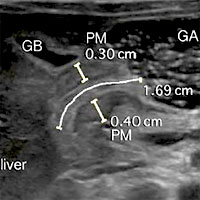
Immediate Diagnosis of Pyloric Stenosis with POCUS
A case of hypertrophic pyloric stenosis diagnosed immediately at the bedside by an emergency physicians (EP) using point-of-care ultrasound is presented. hypertrophic pyloric stenosis (HPS) is an important diagnosis for... read more

A Prospective Observational Study of High-Dose Intrathecal Diamorphine in Laparoscopic Bariatric Surgery
We have demonstrated that neuraxial blockade is a simple, practical, and feasible technique to adopt. Our case series demonstrated a high level of patient acceptability. 50 patients were included. 11 patients (22%) had... read more

AKI Epidemiology, Risk factors, and Outcomes in Critically Ill Patients 16-25 Years of Age Treated in an Adult ICU
Using the KDIGO criteria for both serum creatinine and urine output to define acute kidney injury (AKI), 39.8% of patients between the ages of 16–25 met AKI criteria during admission to an adult tertiary care center, indicating... read more

Approaches to EOL Decision-making For Patients Affected by Sepsis and ARDS
A Qualitative Study of Patients With Acute Respiratory Distress Syndrome (ARDS) and Sepsis and Their Surrogates. The purpose of this study was to develop hypotheses of patient and surrogate's rationale for decision-making. Patients... read more
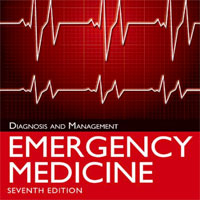
Emergency Medicine: Diagnosis and Management
Emergency Medicine: Diagnosis and Management incorporates the latest ideas and evidence base underpinning best practice emergency medicine care. This book covers a wide variety of emergencies, including general medical, critical... read more

Renal Function-Adjusted D-Dimer Levels in Critically Ill Patients With Suspected Thromboembolism
D-Dimer cutoff levels adjusted for renal dysfunction appear feasible and safe assessing thromboembolic disease in critically ill patients. Furthermore, adjusted D-dimer cutoff levels seem reliable in patients with acute kidney... read more

Machine Learning for Patient Risk Stratification for ARDS
An acute respiratory distress syndrome (ARDS) prediction model based on electronic health record (EHR) data with good discriminative performance has been developed. The results demonstrate the feasibility of a machine... read more
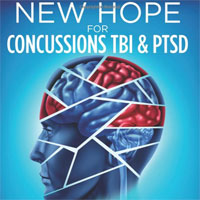
New Hope for Concussions TBI & PTSD
Dr. Larry Komer and Joan Chandler Komer offer new hope to those with brain injuries. Millions of people of all ages experience concussions. Many others have a more serious event known as a traumatic brain injury. Battlefield... read more

Delirium is Prevalent in Older Hospital Inpatients and Associated with Adverse Outcomes
Delirium is prevalent in older adults in UK hospitals but remains under-recognised. Frailty is strongly associated with the development of delirium, but delirium is less likely to be recognised in frail patients. The... read more
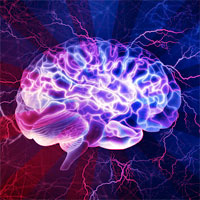
Nonconvulsive Status Epilepticus: Overlooked and Undertreated
Nonconvulsive status epilepticus (NCSE) is characterized by persistent change in mental status from baseline lasting more than 5 minutes, generally with epileptiform activity seen on EEG monitoring and subtle or no motor... read more








